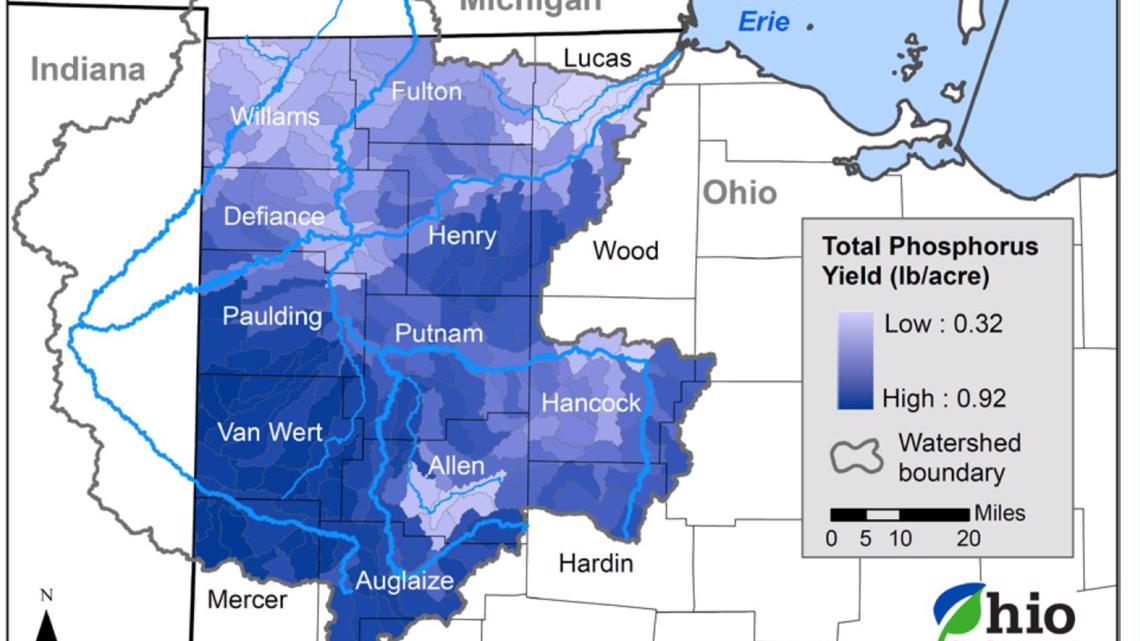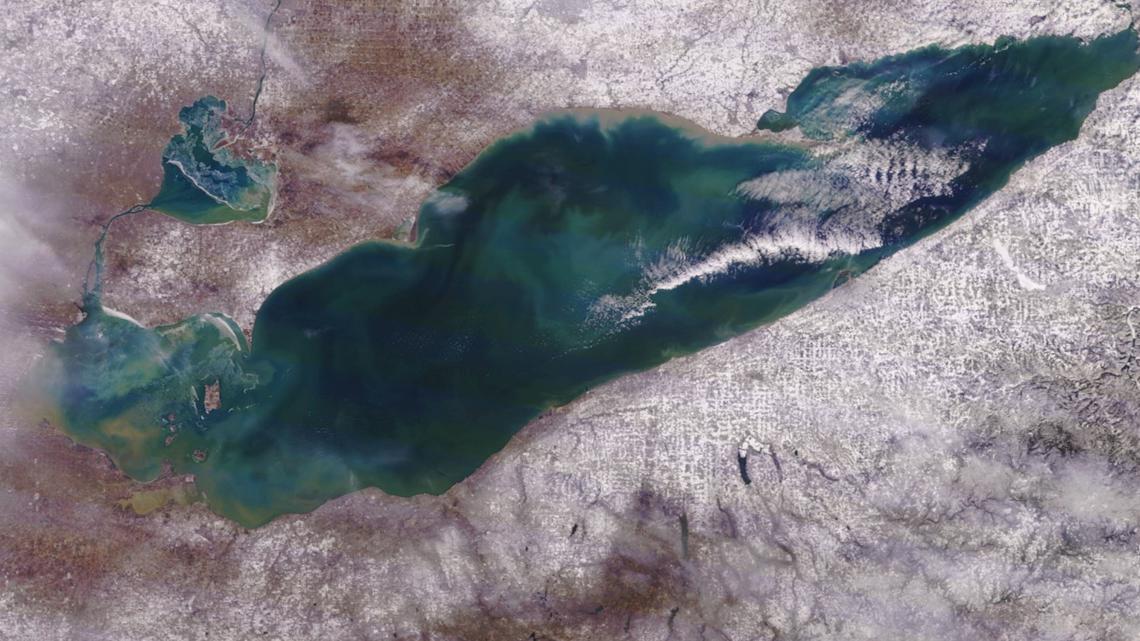COLUMBUS, Ohio — The latest steps to limit harmful algae blooms on Lake Erie have been released by the state of Ohio. The 96-page report includes strategies, monitoring techniques, research references and projections.
Another major focus is the best management practices for farms. Initially, 100 best practices were considered, but they were thinned to just 28 and now the 10 best and most cost-effective strategies are highlighted.
While there are many sources of phosphorus runoff into Lake Erie, agriculture sources are the largest. And that is where the majority of funding and focus are in the plan.


In 2015, Ohio entered an agreement with Michigan and Ontario to reduce phosphorus runoff by 40-percent by 2025. This year will be the halfway point in that agreement. The state is banking on this plan to get the lake in a healthier condition. You can read the Ohio Domestic Action Plan here.



